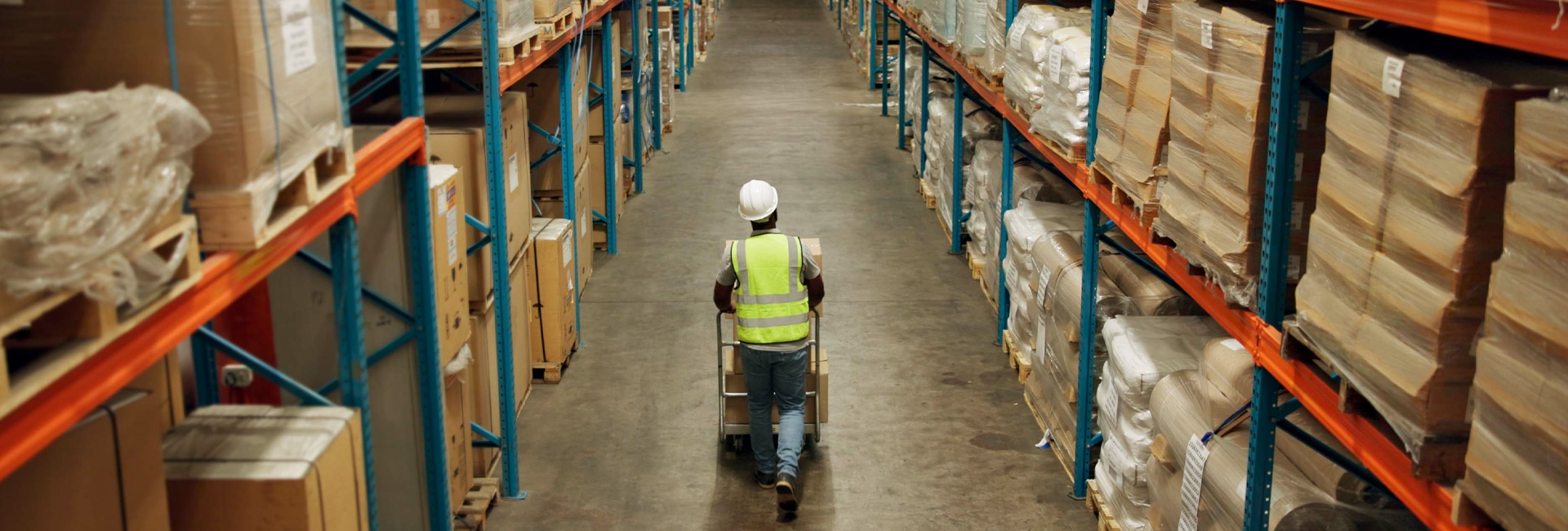
New job and inflation reports pressure the Fed to act
The Producer Price Index (PPI) increased by 0.9% in July, the largest month over month rise since 2022 and 3.3% year over year, both above Federal Reserve’s (Fed) 2% target. The Consumer Price Index rose 0.2% in July, setting the annual inflation rate at 2.7%. Yet the United States only added 73,000 jobs in July, well below expectations, with June and May revised to a combined 258,000. The unemployment rate rose to 4.2% from 4.1%, and the labor force participation rate slipped to 62.2% from 62.3%.
Why it matters: The PPI jump signals that inflationary pressures remain, complicating the Fed’s dual mandate of creating as many jobs as possible while maintaining low, stable inflation to support a healthy economy.
The big picture: The Fed hasn’t opted to cut interest rates at any of its five meetings so far, including July, keeping its benchmark interest rates steady at 4.25%–4.5%.
Between the lines: Both the higher than expected PPI and weak job report figures create a dilemma for the Fed’s September rate decision: cut too aggressively and risk reigniting inflation, or move too cautiously and risk further labor market weakness. Analysts estimate over a 90% chance of a quarter-point cut at the Tuesday–Wednesday, September 16–17 meeting, but some Fed officials are still undecided.

Ocean freight rates fall as global capacity outpaces demand
The global ocean freight market is experiencing a correction, as a 6% capacity increase outpaces 3% demand growth, leading to a significant drop in rates. Ocean freight rates fell 9% in June and are down 58% year over year on average. Carriers are reducing capacity and implementing blank sailings to stabilize prices.
The big picture: Shifting trade policies and ongoing trade negotiations — most notably the U.S.-China 90-day tariff truce — drove importers to front-load shipments to get ahead of the early August deadlines, resulting in near-record import volumes.
By the numbers: U.S. container imports in July surged approximately 18% over June and 3% above last year. Imports from China jumped 44% month over month, the highest since January, following the United States and China tariff truce extension for another 90 days.
Ongoing disruptions in the Red Sea continue to add complexity and costs to global shipping, including sailing times, fuel expenses and insurance costs.

Trucking recession persists amid competitive pressures and soft demand
The trucking market remains in a prolonged freight recession, driven by carrier fragmentation, intense competition for loads and soft demand.
The Cass Freight Index, a monthly measure of U.S. freight shipping activity, showed a 2.4% year over year decline in June following a 4% drop in May, adding to overcapacity concerns. While more carriers are exiting the market than entering, creating some tightening, it remains a shipper’s market with per-mile spot rates for vans and flatbeds at historic lows.
By the numbers: Flatbed capacity remains tight with the load-to-truck ratio more than doubled over the past year.
The outlook for the rest of 2025 remains uncertain with tariffs, a potential Fed rate cut and hurricane season posing risks for short-term price spikes and disruptions.

U.S.-Russia summit expected to focus on peace talks and resource interests
President Trump and Russian President Vladimir Putin met on August 15 in Alaska, where discussions were expected to focus on the war in Ukraine and shared interests in Arctic resources, particularly critical minerals.
Why it matters: Critical minerals are raw materials essential for manufacturing advanced technologies like batteries, electronics, defense systems and renewable energy. Improved diplomatic relations could lead to cooperative ventures in critical mineral extractions and Arctic development.
State of commodities: President Trump’s recent executive orders and tariff policies have significantly impacted commodity markets, from copper to crude oil, causing price fluctuations and supply chain adjustments.
- The U.S. Midwest Premium for aluminum hit a record 68.25 cents per pound on July 18 following the 50% tariff increase.
- COMEX copper premiums experienced a one-day drop of 22% after copper exemptions were announced.
- The U.S. Department of Commerce announced it would double anti-dumping and countervailing duties on Canadian softwood lumber to a combined 35% as a result of their investigations.
- Domestic steelmakers have reportedly raised prices in response to higher steel tariffs in Q2.
- PVC prices continue their downward trend due to oversupply, weak demand and slow construction activity.
- Western Texas Intermediate crude oil futures held near $64 per barrel after experiencing a 5.1% drop, the largest since late June, earlier this month.
